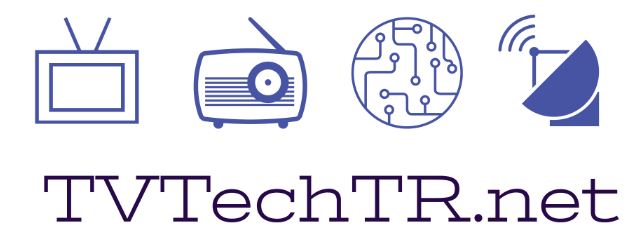In Turkey, 3 different types of DVB-T2 licensees are given. According to the coverage of the signal these licensees are national, regional and local. National and regional licensees are given with tenders now it is time for local ones.
There are 81 cities in Turkey, 73 of which will have local DTT broadcasters after T3 (DVB-T2 Local) Licence tender. It is understood from the announcement of Supreme Council, there will be maximum 7 T3 licensees per site. When we look at the attendees of the tender we can easily see that in many sites, there are less than 7 attendees. The minimum price for a T3 licence changes from site to site. In İstanbul minimum is 300.000 TL, in Tunceli and Bayburt it is 30.000 TL. This huge difference comes from the differences in potential advertisement revenue.
In İstanbul, there are 15 attendees, 7 of which will get the licence. In Ağrı, Amasya, Artvin, Bartın, Batman, Bayburt, Bitlis, Bolu, Burdur, Çankırı, Hakkari, Kars, Kastamonu, Kırıkkale, Kilis, Mardin, Siirt, Yalova, Tunceli there is only one attendee.
Giresun, Gümüşhane, Şırnak, Ardahan, Osmaniye, Düzce, Karabük and Iğdır are the cities in which T3 licensees will not be given.


Comments
Post a Comment
Comments will appear after approval, which may take time :)